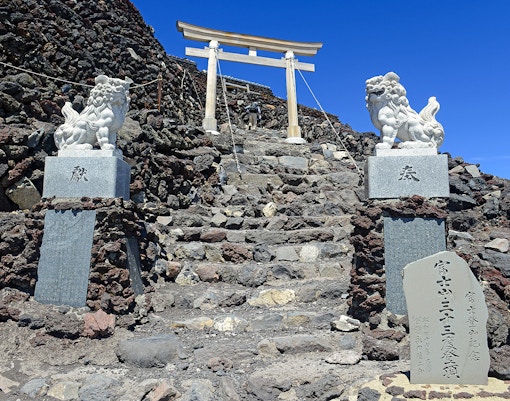Geologists have identified four distinct phases of volcanic activity that contributed to Mount Fuji's formation. Firstly, the Sen-komitake, around 400,000 - 100,000 years ago, formed a hidden andesite core. Secondly, the Komitake-Fuji, which occurred around 300,000 - 100,000 years ago, added a layer of basalt, shaping the base. Then, the Ko-Fuji (Old Fuji) formed around 100,000 to 17,000 years ago, built the bulk of the mountain through alternating layers of lava and ash. Lastly, Shin-Fuji (New Fuji), the ongoing phase, that started 10,000 years ago, is responsible for the mountain's iconic symmetrical cone and the most recent eruption.
















